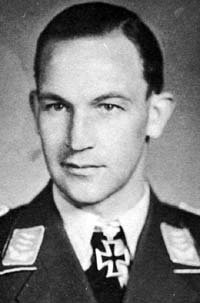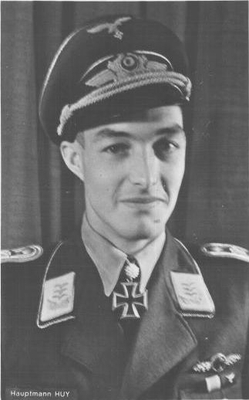SaparotRob
Unter Gemeine Geschwader Murmeltier XIII
I thought the radar directed battleship gunnery at Surigao was accurate, excepting USS Pennsylvania which had an older radar set.
I like your thoughts on the Skua. I never wondered why the engine was so far out or why all the bumps and and lumps were there. I just figured it was Blackburn being Blackburn.
Welcome to the Forum.
I like your thoughts on the Skua. I never wondered why the engine was so far out or why all the bumps and and lumps were there. I just figured it was Blackburn being Blackburn.
Welcome to the Forum.


